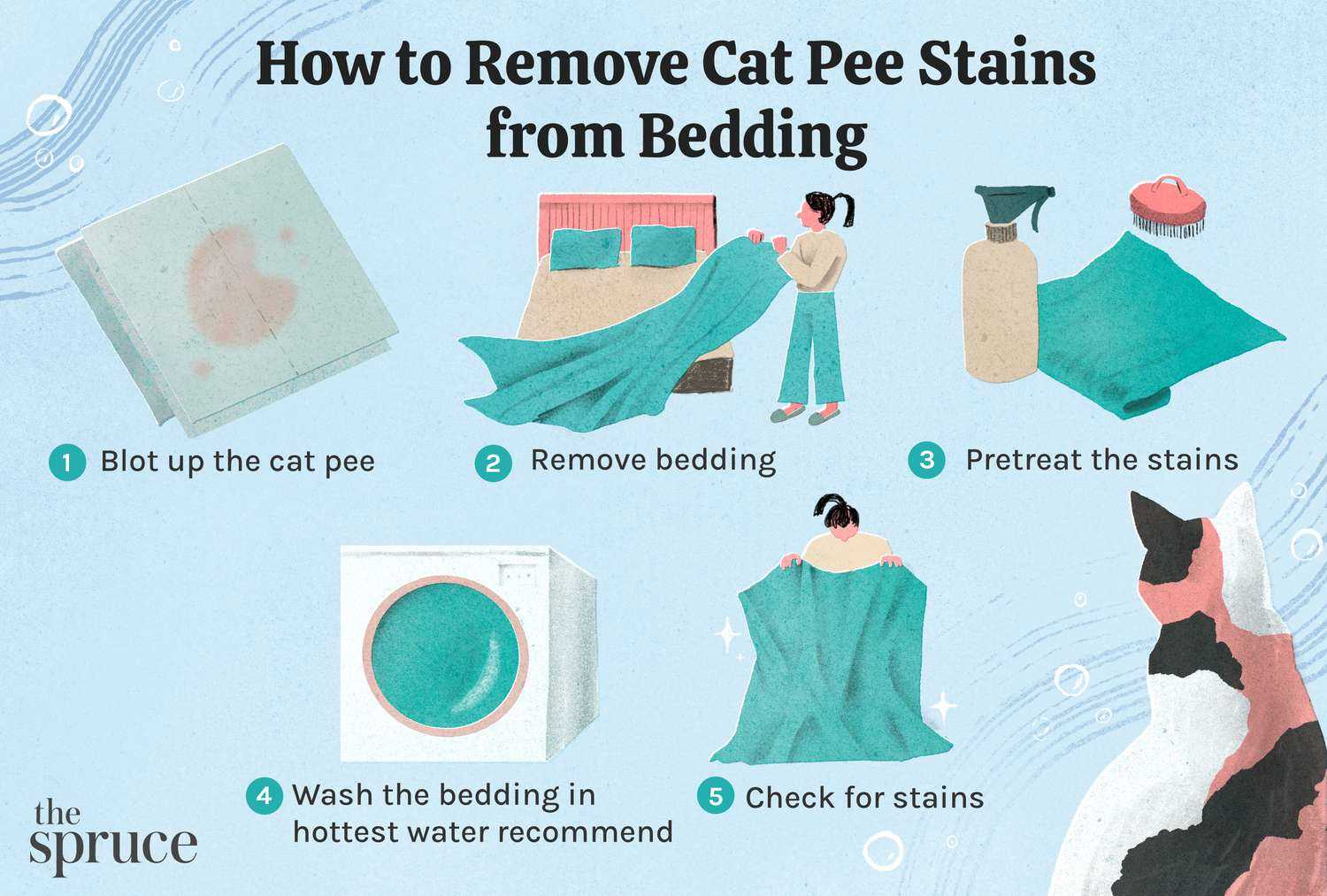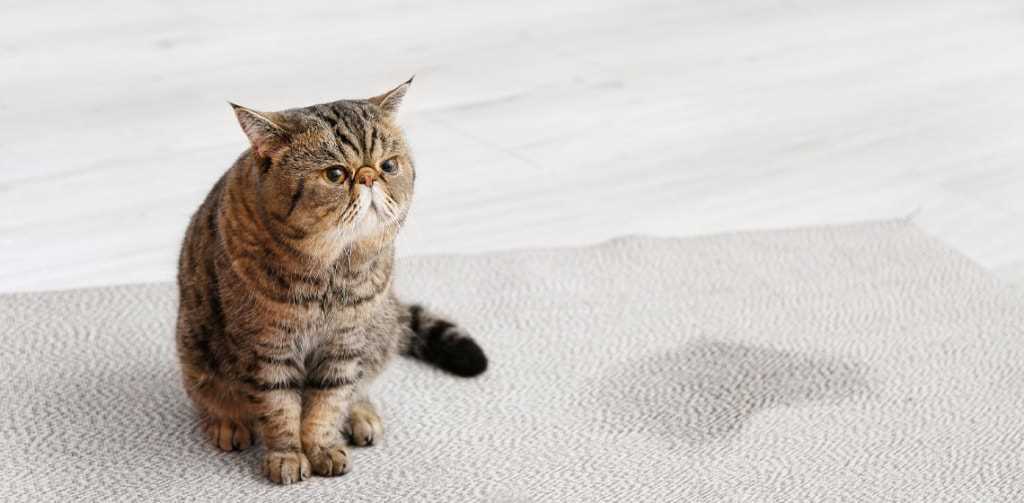

Act quickly with a mixture of white vinegar and water to neutralize the unpleasant scent. Combine equal parts of each in a spray bottle and apply generously to the affected area. Blot the fabric with a clean cloth to absorb the solution and the odor.
After that, sprinkle baking soda over the damp area. This natural deodorizer will absorb any lingering aromas. Let it sit for several hours or overnight, then vacuum the residue. If the odor persists, repeat the process or consider using an enzymatic cleaner specifically designed to break down organic stains.
For delicate materials, test any solution on a small, inconspicuous area first to avoid damage. Always follow care instructions on the label. If all else fails, a professional cleaning service can be a worthwhile investment for stubborn issues.
Removing Unwanted Odors from Textiles

First, I recommend using a solution of white vinegar and water. Mix equal parts in a spray bottle and apply generously to the affected area. Let it sit for about 10-15 minutes before blotting it with a clean cloth. This helps neutralize unpleasant odors effectively.
Another option is baking soda. Sprinkle a good amount over the damp area after treating it with vinegar. Allow it to sit for several hours, or overnight if possible. This will absorb remaining odors and moisture. Vacuum it up afterward.
For persistent issues, consider an enzymatic cleaner specifically designed for organic stains. These products break down the odor-causing compounds. Follow the instructions carefully for the best results.
Always test any cleaning solution on a small, hidden area first to ensure it doesn’t cause damage or discoloration. After cleaning, air out the item thoroughly to prevent any lingering scents.
Identify the Affected Area on the Fabric

First, locate the specific spot with the odor. Gently run your fingers over the material to detect any dampness or discoloration. A UV flashlight can be useful; it reveals traces not visible to the naked eye.
Pay attention to seams, folds, and hidden sections where moisture may linger. Sometimes, the scent might seem localized, but it can spread beyond what you initially perceive. Thoroughly check the surrounding areas for any signs.
If you’re unsure, conduct a sniff test. Approach the suspected regions and identify the strongest area. Once pinpointed, mark it lightly with a fabric-safe pen or chalk to ensure you treat the right section.
Consider the type of material involved. Some fabrics absorb odors more readily than others. For instance, cotton and wool can hold onto scents longer than synthetic fibers. This understanding will help in choosing the right cleaning method.
After identifying the location, it’s time to prepare for cleaning. Gathering materials such as enzyme cleaners or vinegar can be beneficial. For a thorough approach, using a best single phase air compressor can assist in drying the area more effectively, reducing moisture retention.
Choose the Right Cleaning Solution for Cat Urine
For tackling those stubborn odors, I recommend enzymatic cleaners specifically designed for eliminating organic stains. These products contain enzymes that break down the proteins found in urine, effectively neutralizing the scent. Look for options labeled as “pet urine remover” or “enzyme cleaner” on the packaging.
Another option includes vinegar and baking soda. Mix one part vinegar with one part water and spray it directly on the affected area. After letting it sit for a few minutes, sprinkle baking soda over the area. This combination can help absorb any lingering odors.
Test any cleaner on a small, inconspicuous area first to ensure it won’t damage your material. If you’re unsure, consulting the manufacturer’s guidelines can provide additional assurance.
For those seeking a hypoallergenic alternative, there are natural cleaning solutions available. Products made from ingredients like citrus extracts or plant-based enzymes work well without harsh chemicals. This is particularly useful for households with sensitive individuals. You can find recommendations for such products in articles discussing the best cats for people who are allergic.
Always ensure proper ventilation while cleaning and follow up with thorough rinsing to prevent any residue. This keeps everything fresh and pleasant for both you and your humans!
Apply the Cleaning Solution Properly
First, I suggest testing the mixture on a small, hidden part of the material to check for any adverse reactions. This ensures that the color and texture remain intact.
After confirming there’s no damage, saturate a clean cloth with the cleaning agent. Gently dab the affected area instead of rubbing, as this can push the liquid deeper into the fibers.
Work from the outer edges towards the center. This technique prevents spreading the stain further. Allow the solution to sit for at least 10-15 minutes to break down the odor molecules effectively.
Blot the area with a dry cloth to absorb excess moisture, repeating as necessary until the surface feels less damp. For stubborn spots, a second application might be required.
Finally, rinse the area with cool water to remove any residue, then let it air dry completely. Avoid heat sources, as they can set any remaining odor.
Rinse and Dry the Fabric Correctly
After applying the cleaning solution, it’s crucial to rinse the material thoroughly with cold water. This helps remove any remaining cleaning agents and prevents residue build-up. Use a sink or bathtub to allow the liquid to flow freely.
Once rinsed, gently squeeze out excess moisture. Avoid wringing or twisting, as this can damage the fibers. Lay the wet item flat on a clean, dry towel and roll it up to absorb additional water.
For drying, hang the item in a well-ventilated area away from direct sunlight. Sunlight can fade colors and weaken fibers. If the material is suitable for machine drying, use a low heat setting to avoid shrinkage.
Check the item periodically while drying to ensure it’s not retaining any odors. If any scent lingers, repeat the rinsing process before fully drying.
Prevent Future Accidents and Odors
To minimize unwanted mishaps, consider implementing a few strategies:
- Ensure a clean litter box. Scoop daily and change litter at least once a week to maintain freshness.
- Place multiple litter boxes around the home, especially in multi-level houses or areas where your furry friend spends time.
- Choose a litter type that appeals to their preferences. Experiment with different materials to find the one they like best.
- Provide ample opportunities for play and exercise. Boredom can lead to accidents, so keep your companion engaged.
- Use pheromone diffusers or sprays to create a calming environment, reducing stress-related incidents.
- Observe behavior for signs of distress, illness, or changes in routine that could lead to accidents.
- Consider regular vet check-ups to address any health concerns that may contribute to bathroom issues.
By following these tips, I can keep my territory clean and odor-free, ensuring a happy home for everyone!








